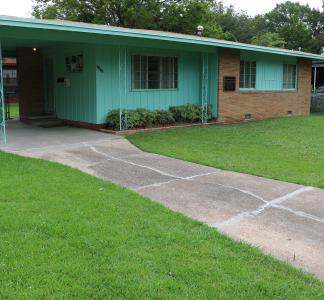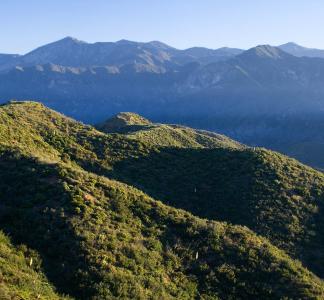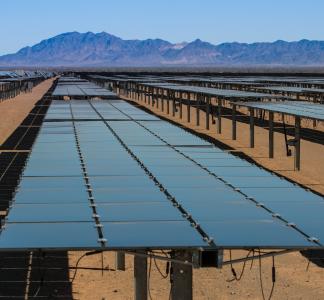New drilling and fracking in California will hurt Latino communities
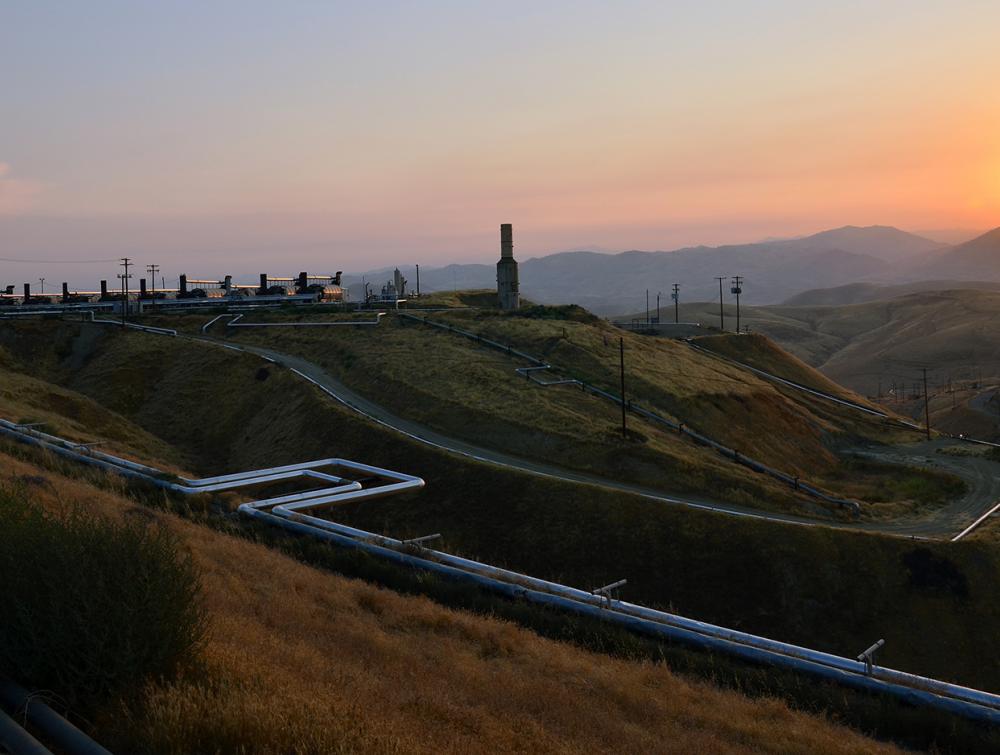
Oil and gas development on BLM lands around Bakersfield, CA.
Bob Wick, BLM
People of color would bear the brunt of additional fossil fuel pollution coming from public lands
Elizabeth Perez was only 10 years old when she moved with her family to the city of Bakersfield, in California. Almost immediately, she says, she began experiencing nosebleeds, headaches, and difficulty breathing. Perez was in and out of a local health clinic for years, but doctors couldn’t quite pinpoint what was making her sick.
Today, at age 24, she has a strong suspicion about the culprit. “I’ve seen a lot of people with the same symptoms in low-income communities located near oil and gas developments. And I think it's pretty clear we're being affected by heavy pollution,” she says.
Perez’s childhood memories have been coming back as she watches new pollution threats creep closer to Bakersfield. These come in the form of plans by the Bureau of Land Management (BLM) that would open well over a million acres of public lands in California to oil and gas drilling and hydraulic fracturing, also known as fracking.
The move has raised red flags among community members and environmentalists in the state’s Central Valley region, which stretches north from around Bakersfield hundreds of miles through the Sacramento Valley. The area is already home to some of the nation’s largest producing oil fields and a growing number of natural gas wells.
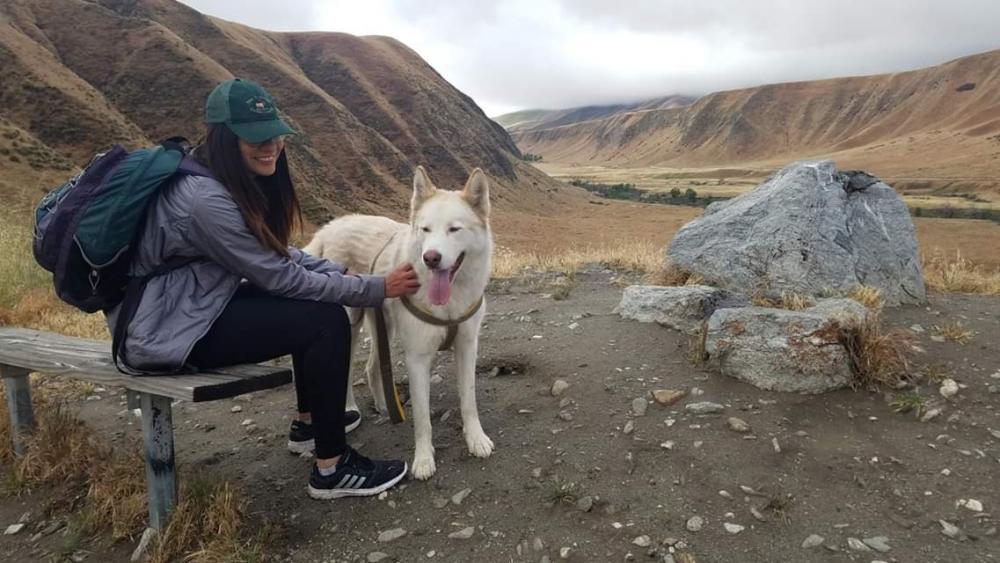
Elizabeth Perez experienced nosebleeds, headaches, and difficulty breathing when she moved to Bakersfield, California
Pollution looms over Bakersfield, broader Central Valley
Central Valley residents know all too well the consequences of having fossil fuel extraction in their backyards. A combination of industrial agriculture and fossil fuel drilling has given the area at least two unwanted titles: the most polluted air in the country, with the cities of Fresno, Madera, Hanford, and Bakersfield topping recent rankings of particle pollution compiled by the American Lung Association, and some of the most contaminated drinking water.
Further oil and gas development is likely to make conditions even worse.
The BLM’s recent actions would end a five-year moratorium on oil and gas leasing in California that was instituted because the agency did not fully examine the environmental consequences of “fracking.” The highly controversial extraction method involves injecting a mixture of water and chemicals into deep underground rock formations to release oil and gas. The technology not only intensifies fossil fuel extraction but also emits an array of toxic pollutants harmful to humans and the environment.
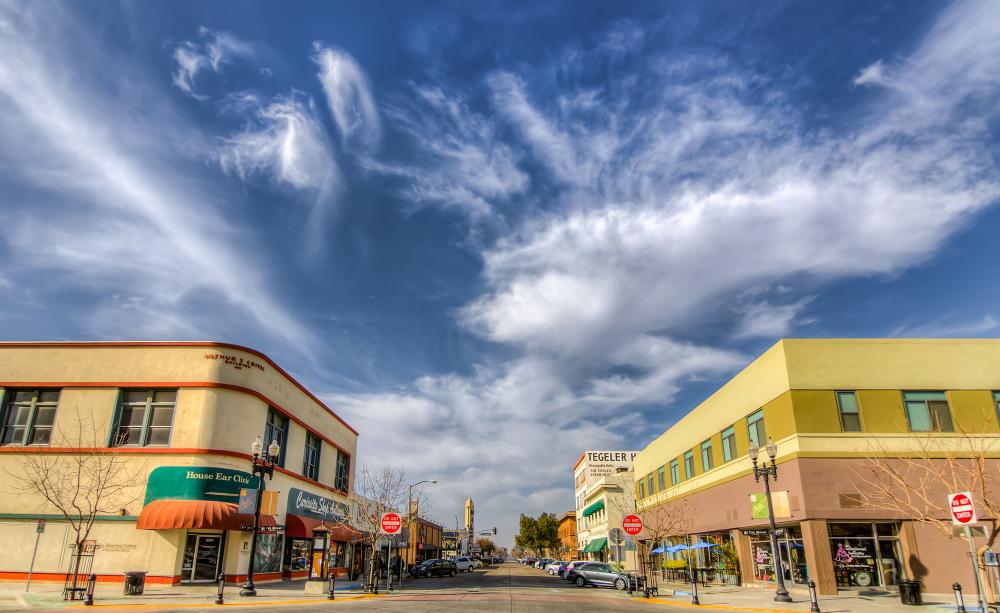
Residents of Bakersfield, CA, know all too well the consequences of having fossil fuel extraction in their backyards
David Seibold/Flickr CC BY-NC 2.0
A matter of environmental justice
After her teenage years, Perez graduated from the University of California, Bakersfield, majoring in Environmental Management. She still lives in Bakersfield, where she works as a ranger at a nature preserve and as a Community Organizer for Central California Environmental Justice Network (CCEJN).
As part of her job, she educates low-income Latino communities about the environmental and health impacts of oil and gas operations – including her old neighborhood.
Bakersfield is a textbook example of how people of color disproportionately shoulder the burden of fossil fuel development. A recent study found that black and Hispanic Americans tend to live in communities that are exposed to more pollution, despite contributing far less than white Americans to the consumer spending that drives that activity.
What’s more, energy and other highly polluting development is often sited within diverse, low income, working class or rural communities. A disparity often pointed out by environmental justice advocates.
“These communities have a large percentage of immigrants from Latin American countries, and a low-socioeconomic status," according to Nayamin Martinez, CCEJN’s Director.
"That means they have less opportunities to be proactive and oppose this type of development compared to more affluent neighborhoods,” she says.
To measure the effects pollution is already having in and around Bakersfield, CCEJN worked with community members to collect air samples in neighborhoods where over 80% of residents identified as Hispanic or Latino.
In an initial report, they found several chemicals, including some linked to cancer and weakened immune systems. “The levels of benzene were particularly above average,” Martinez says. “There’s really no safe level of this gas, but people are breathing it here daily and for several years.”
As someone who likes to spend time outdoors, Perez says she is concerned about what new oil and gas sites could mean for her community. Areas like Hart Memorial Park, northeast of Bakersfield, where families go hiking, fishing and picnicking, could become too toxic for recreation. “Some parks are right next to oil fields which is not a scenic sight. And it's hard to think of kids breathing pollution when they are supposed to be enjoying nature,” she says.
More drilling in California also poses a major threat of increased pollution in beloved wild lands like Sequoia National Park, the Carrizo Plain National Monument and the Los Padres National Forest.
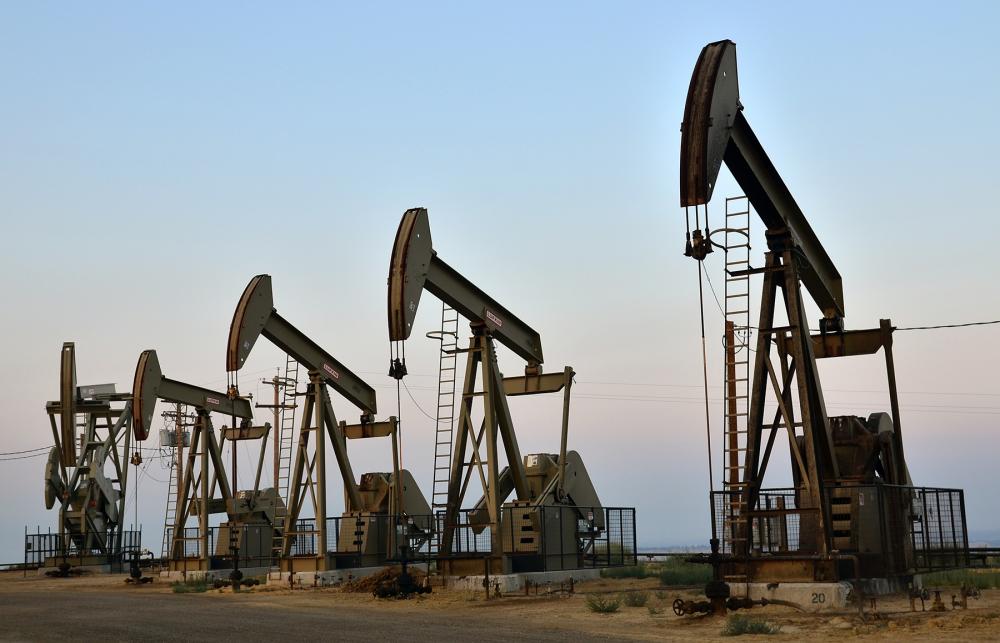
The Central Valley region is already home to some of the nation’s largest producing oil fields
Bob Wick, BLM
Community fights drilling plans
As the BLM plans move forward, community members and environmental groups are speaking up.
In 2015, regional environmental groups took the BLM to court for not explicitly addressing how the planned fracking could impact human health and the environment. A judge agreed and ordered the agency to take a closer look. As part of that process, last year the BLM received more than 8,000 public comments outlining potential threats – including air and water quality.
The resulting report predicted an increase in toxic pollution from new fracking wells. Shockingly, it didn’t propose any changes to protect public health or the environment – not a single change to the original drilling plan. The BLM called for public comments on this statement in June and received a surprising number of responses – 90 thousand.
There’s a lot on the line. If approved, these plans would expose communities like Bakersfield to further pollution and pain. Perez is doing her part by sharing her life story and educating local communities about the risks of further oil and gas drilling in the area. “They are the ones most affected, so it’s important for them to know what is going on and how to how to make a positive change.”
Civil rights history, underserved communities championed in new lands bill
Alan Spears, NPCA
Added protections to California’s San Gabriel Mountains would boost access for park-poor communities
Michael Gordon
Green New Deal debate underscores climate urgency; public lands part of solution
Tom Brewster
